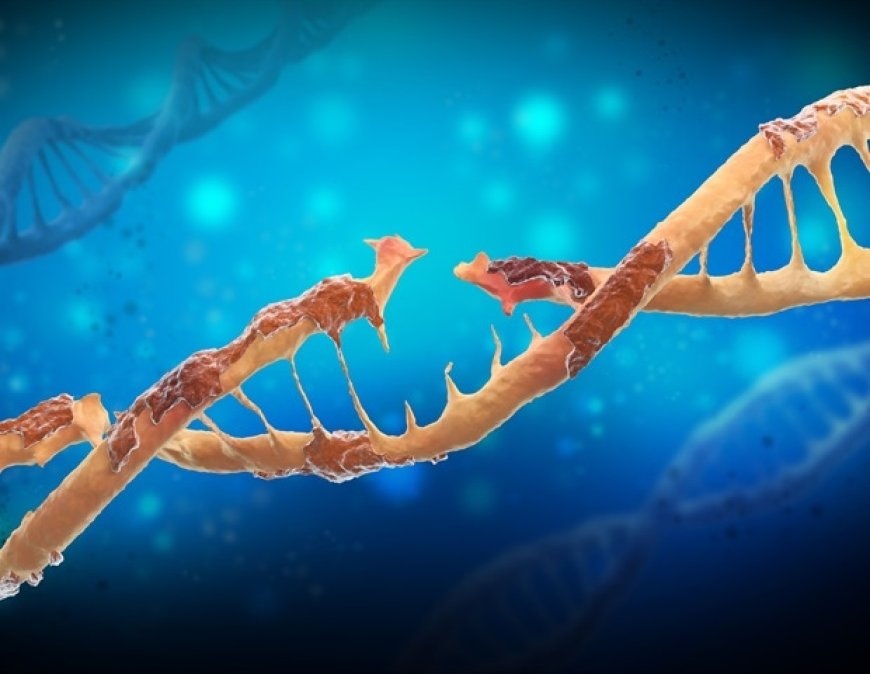Study Reveals How Cells Repair DNA Damage to Prevent Cancer, Neurodegeneration, and Aging
Researchers from the University of Oxford and NTU Singapore have uncovered how cells recognize and repair harmful DNA damage that can lead to cancer, neurodegeneration, and premature aging. The study focuses on DNA-protein crosslinks (DPCs) and the key repair enzyme SPRTN, which targets and breaks down these lesions. The findings have significant implications for improving cancer therapy and promoting healthy aging.

Researchers at the University of Oxford and Nanyang Technological University, Singapore (NTU Singapore) have discovered how cells identify and repair a harmful form of DNA damage that can lead to cancer, neurodegeneration, and premature aging.
The study, published in Nucleic Acids Research, shows that a key repair enzyme called SPRTN plays a crucial role in breaking down DNA-protein crosslinks (DPCs), which are toxic DNA lesions caused by chemotherapy, formaldehyde, and UV exposure.
Led by Kristijan Ramadan, the research has important implications for improving cancer therapy and healthy aging.
Every time a cell divides, it must copy its DNA accurately. DPCs are bulky lesions where proteins attach to DNA, disrupting the copying process and potentially leading to serious health issues.
SPRTN is a critical enzyme that targets and breaks down these harmful protein attachments, allowing the DNA copying process to continue.
The research team discovered a specific region within SPRTN that detects ubiquitin chains on DPC lesions, guiding SPRTN to target and break down these lesions efficiently.
The study's findings shed light on how mutations in the SPRTN gene can lead to diseases like Ruijs-Aalfs syndrome and liver cancer, highlighting the importance of understanding DNA repair mechanisms.
Future studies aim to validate these findings and explore potential therapeutic interventions to strengthen DNA repair mechanisms and combat age-related diseases and cancer.
According to the source: News-Medical.
What's Your Reaction?
 Like
0
Like
0
 Dislike
0
Dislike
0
 Love
0
Love
0
 Funny
0
Funny
0
 Angry
0
Angry
0
 Sad
0
Sad
0
 Wow
0
Wow
0























































































































































































